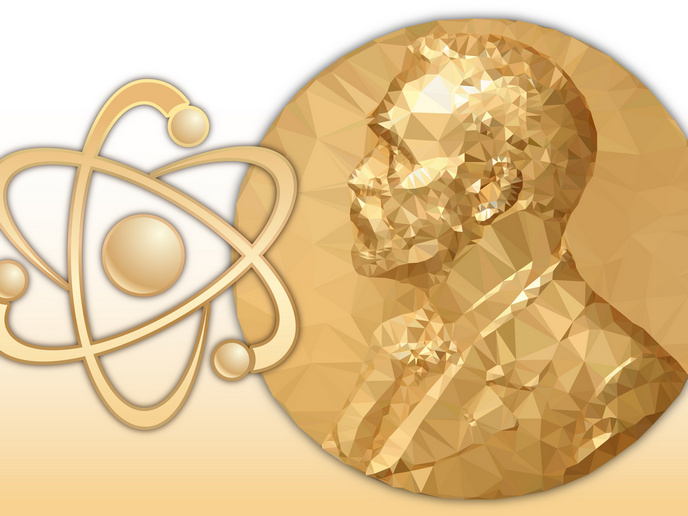Pioneering new microscopy based on cryogenic microsystems
Modern microscopes can make complex three-dimensional structures of cells and even molecules visible with stunning clarity and detail. Following dynamics in real time, however, is often impossible when things change or move quickly. “In addition, some methods, such as electron microscopy, only work in a vacuum,” explains MICROCRYO(opens in new window) project investigator Thomas Burg from the Technical University of Darmstadt(opens in new window) in Germany. “This means that they can only be used after samples are fixed, making it hard to study complex sequences of events.” One solution to this problem is to flash-freeze the object. To do this, the water inside cells must be kept from forming ice crystals upon cooling to avoid damaging delicate structures. “Existing methods to accomplish this all have significant shortcomings,” continues Burg. “Once cells have been flash-frozen, or vitrified, another challenging task is to adapt different advanced microscopes so that they are compatible with an object that is nearly -200 °C cold without compromising performance.”
Microscopy platform based on microfluidics
The MICROCRYO project, which was supported by the European Research Council(opens in new window), sought to address these challenges. The goal was to develop a new technology platform based on microfluidics (manipulating and controlling fluids at the microscale), to prepare and image ultra-rapidly frozen cells and small microorganisms at cryogenic temperatures. This would then enable entirely new experiments to observe with molecular detail, for example, how immune cells become activated, how drugs can be delivered more effectively, or how blood cells become less flexible in some diseases. “The key innovation in this project was to create sub-millimetre microenvironments, where temperatures could be controlled rapidly and precisely from cryogenic conditions to room temperature,” explains Burg. “This was enabled by microsystems technology, the same technology used to build many types of sensors found widely in consumer products (e.g. nearly all cell phones, cars, etc.).”
Benefits of both light and electron microscopy
Burg and his team were able to shield the sample and maintain a steep temperature difference between the object and its environment, while requiring only very low heating and cooling power. Advanced light and electron microscopy were used to analyse the samples with high resolution before, during and after ultra-rapid freezing. The project team was able to establish a platform that enables improved – and in some cases – entirely new workflows to study biological and non-biological systems at the micrometre and nanometre scale, with different, normally incompatible microscopy techniques. “One long-standing challenge this project has overcome is to enable advanced modes of light microscopy, such as STED, in immersion at cryogenic temperature,” says Burg. “In addition, this technology can be integrated in combined light and electron microscopy workflows. This allows for the advantages of both light and electron microscopy to be utilised, providing complementary information about objects.”
Tool for studying complex and dynamic objects
The new technology platform will help researchers in their investigations in many fields. Microscopy at cryogenic temperature is a powerful tool for studying complex, dynamic and sensitive materials used in synthetic biology, pharmacology, and even in advanced new battery technologies. “We expect that the new platform will help to reveal details of these materials, their natural structure, and disease mechanisms or defects, and how to prevent them, by improving preservation and imaging with high fidelity at cryogenic temperature,” adds Burg.







